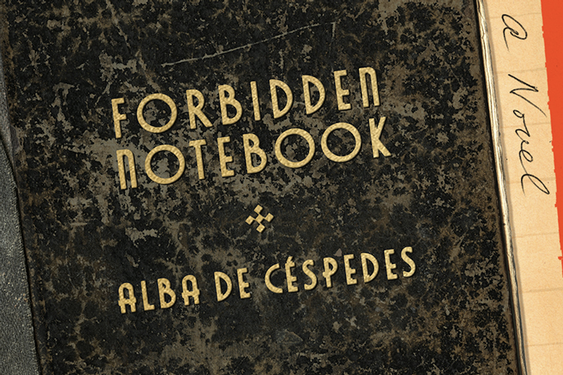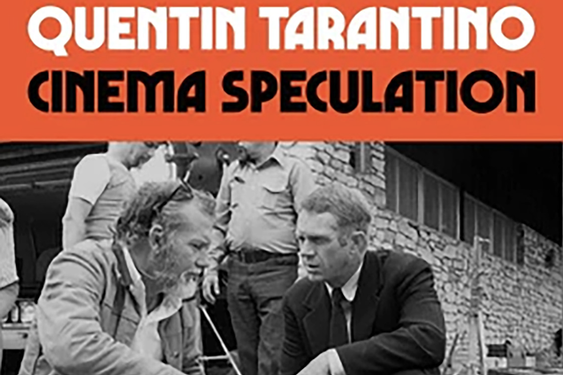Bill Cunningham died in 2016, and the Sunday New York Times just hasn’t been the same for me. You see, I’d go immediately to the Sunday Styles section and look for his photographs of New Yorkers and their fashions, both people on the street and the smart society types who posed at the assorted balls, receptions and openings. It didn’t matter where I was actually living, the Connecticut River Valley or San Francisco’s Russian Hill, gazing at Cunningham’s “On the Street” and “Evening Hours” photos always transported me back to a New York where I could imagine, if only for a second, that it was me charging across 57th street at Fifth Avenue looking dashing or posing in a tuxedo somewhere with a canape in one hand and a martini in the other.
The Sunday Times has fashion and society photos still, of course. But it’s different. Different. No offense to whoever is doing it, but I miss Bill Cunningham.
Apparently, a lot of people miss him, too. How else to explain the publication now of Cunningham’s “Fashion Climbing,” (Penguin Press, $27), “a memoir with photographs” of life before the Times, and “Polka Dot Parade” (Little Bee Books, $17.99), a colorfully illustrated “children’s” book that focuses on the life at the Times, a nearly 40-year association in which Cunningham and his photography was greeted with worldwide acclaim.
So beloved had Cunningham become in fashion and social circles over the decades (he was named a living New York landmark in 2009, the Times noted in his obituary, and was the focus of a 2010 documentary: “Bill Cunningham New York”) that the opening paragraphs of “Fashion Climbing” land like a sharp slap.
“My first remembrance of fashion was the day my mother caught me parading around our middle-class Catholic home in a lace- curtain Irish suburb of Boston,” he wrote. “There I was, four years old, decked out in my sister’s prettiest dress. Women’s clothes were always much more stimulating to my imagination. That summer day, in 1933, as my back was pinned to the dining room wall, my eyes splattering tears all over the pink organdy full-skirted dress, my mother beat the hell out of me, and threatened every bone in my uninhibited body if I wore girls’ clothes again.”
His parents decided the “best cure” was to shield the boy from “any artistic or fashionable life.” But Cunningham would not be stopped, seeking inspiration in everything from Christmas decorations to the hats women wore to church to radio programs starring Helen Hayes, “who led the glamorous New York life.” He got after-school jobs as a stock boy at department stores, and that’s where his education really began. A store manager showed him ‘how to observe every woman I saw, seeing how she was dressed and accessorized, and then taking her apart in my mind’s eye and putting the right kinds of clothes on her.”
“I never go down to the street or enter a room without automatically deciding what the woman should wear,” he added. “It’s probably the reason for the heavy development of my eye toward fashion.”
Cunningham, however, paid a heavy price for his interest in fashion from family. They were mortified. Even when he moved to New York City and struggled to launch a career in fashion, they did little to help. So when he chose to open his own hat business, he called it only “William J” to avoid embarrassing his relations.
What’s inspiring about Cunningham’s story is that he survived and thrived on hard work, unbridled creativity and self-expression despite disapproval from family, some in the fashion establishment and even some customers bewildered by some of his more whimsical and outlandish designs. He did his homework: crashing the society balls and galas of 1950s Manhattan to check out the ladies, or most exactly, what they were wearing and why it worked or it didn’t.
Later, in the early 1960s, he would tour the United States observing what women wore in various regions and comparing it all with what he had known in New York.
“In Chicago, I saw more exciting fashion than anywhere else in the country, and definitely more free-spirited fashion than you’d ever see in New York,” he wrote of his trip. “No one in Chicago seemed to be worried about status. They didn’t stop to think whether some snooty New York society woman had recognized it. Designers should get out of their cultivated city living every three years and just travel around the country observing.”
Cunningham voices deep respect and admiration for the designers who are true artists, revealing themselves and their perspectives on life in their designs. He strove repeatedly to attain that, developing not only an individual sense of style but an uncanny instinct for predicting fashion trends — even the demise of the hat in the early 1960s.
Exit the hat designer, enter the journalist.
Using his trained eye and insider knowledge of the fashion business and New York society, Cunningham became a reporter. His honesty, he wrote, sparked enmity from some designers and arguments with a very important boss, John Fairchild, the publisher of Women’s Wear Daily. Cunningham would go on to write for other outlets in the 1960s and 1970s, including the Chicago Tribune, before landing at the Times.
Cunningham adored the fashion world but was no slavish devotee. He knew all the dirty tricks of the trade, from stealing ideas to jostling for the prime press seats to rank snobbery. Yet he held to his standards.
“I feel that beautiful success can be had without being a schemer,” Cunningham writes. “I would never accept a belief that only the players who throw the foul balls succeed. I feel no matter what the odds appear to be in favor of the material world, good will win out in the long run. Plus, I’ll be able to look God straight in the eye on Judgment Day and not be ashamed of deceitful deeds and people stomped on while climbing the fashion ladder.”
Cunningham, in a 2002 New York Times piece republished after his death at age 87, recalled that a photographer friend gave him a small camera in mid-1960s and told him to use it as a notebook. He did.
“I HAD just the most marvelous time with that camera,” he wrote in the Times. “Everybody I saw I was able to record, and that’s what it’s all about. I realized that you didn’t know anything unless you photographed the shows and the street, to see how people interpreted what designers hoped they would buy. I realized that the street was the missing ingredient.”
And it was on the street, traveling about on a bicycle wearing a blue French workers jacket, that Cunningham and his camera began capture the imagination and affection of New Yorkers grand and ordinary. That’s the story told in “Polka Dot Parade” by Deborah Blumenthal, a children’s book author and journalist, with fabulously vivid illustrations by Masha D’Yans (savor the spot-on illos of fashion luminaries Anna Wintour, Andre Leon Talley, Iris Apfel, Lynn Yaeger and Grace Coddington).
“For Bill, clothes told stories not only about the people who wore them, but also the times they lived in,” Blumenthal writes. “Because like tattletales, clothes tell secrets.”
Blumenthal notes that the attention and honors Cunningham received in his later years made the photographer “squirm. He wanted the limelight on others, not himself.” But this book deftly and vividly captures why so many wanted to celebrate him and why he is still remembered today.
“What wasn’t lost, what he left behind, was his gift,” Blumental wrote. “A lifetime of glorious pictures of clothes and the power they lend us … as we dress each day for the runway called life.”
———
©2018 Chicago Tribune
Visit the Chicago Tribune at www.chicagotribune.com
Distributed by Tribune Content Agency, LLC.



